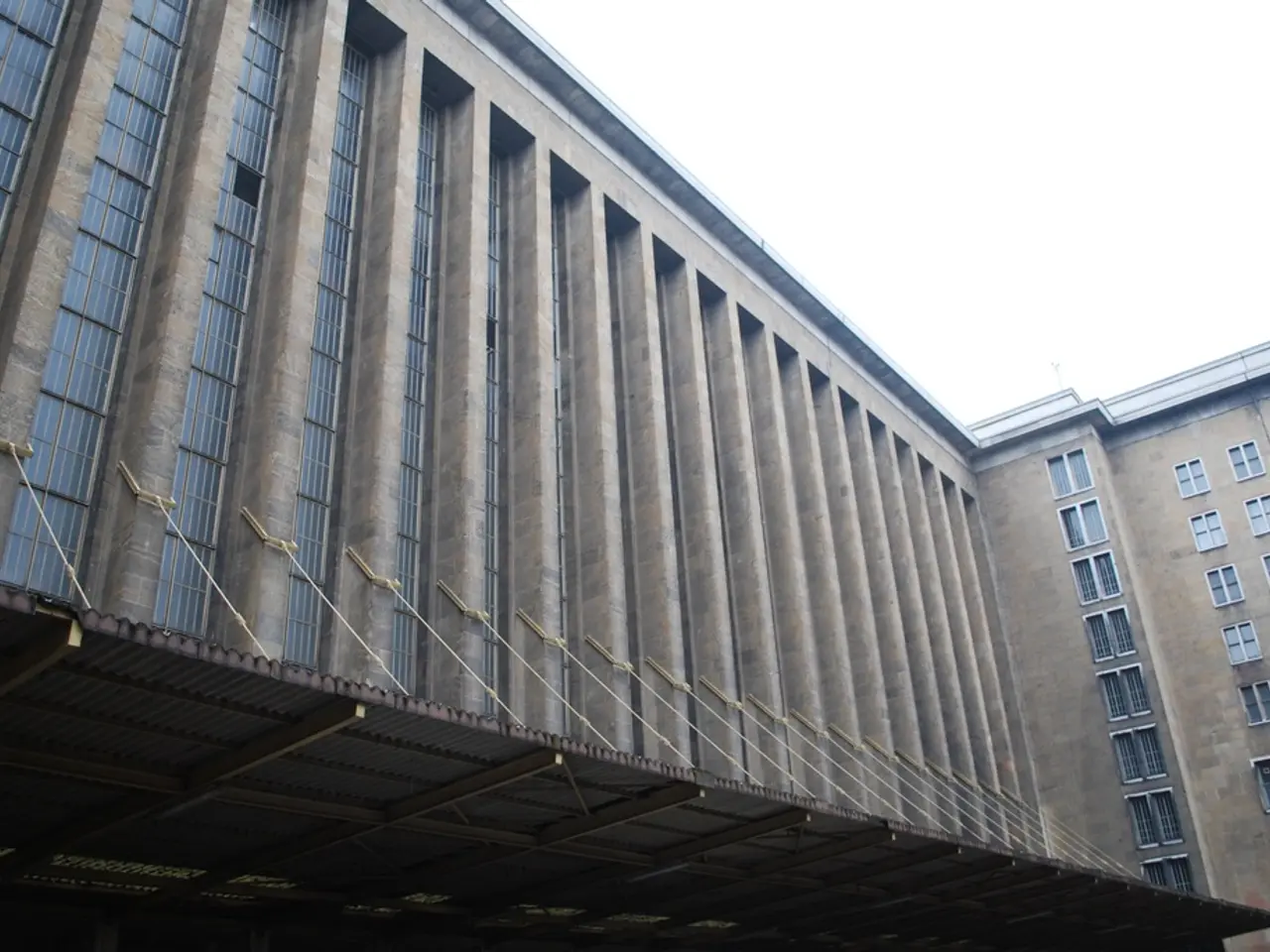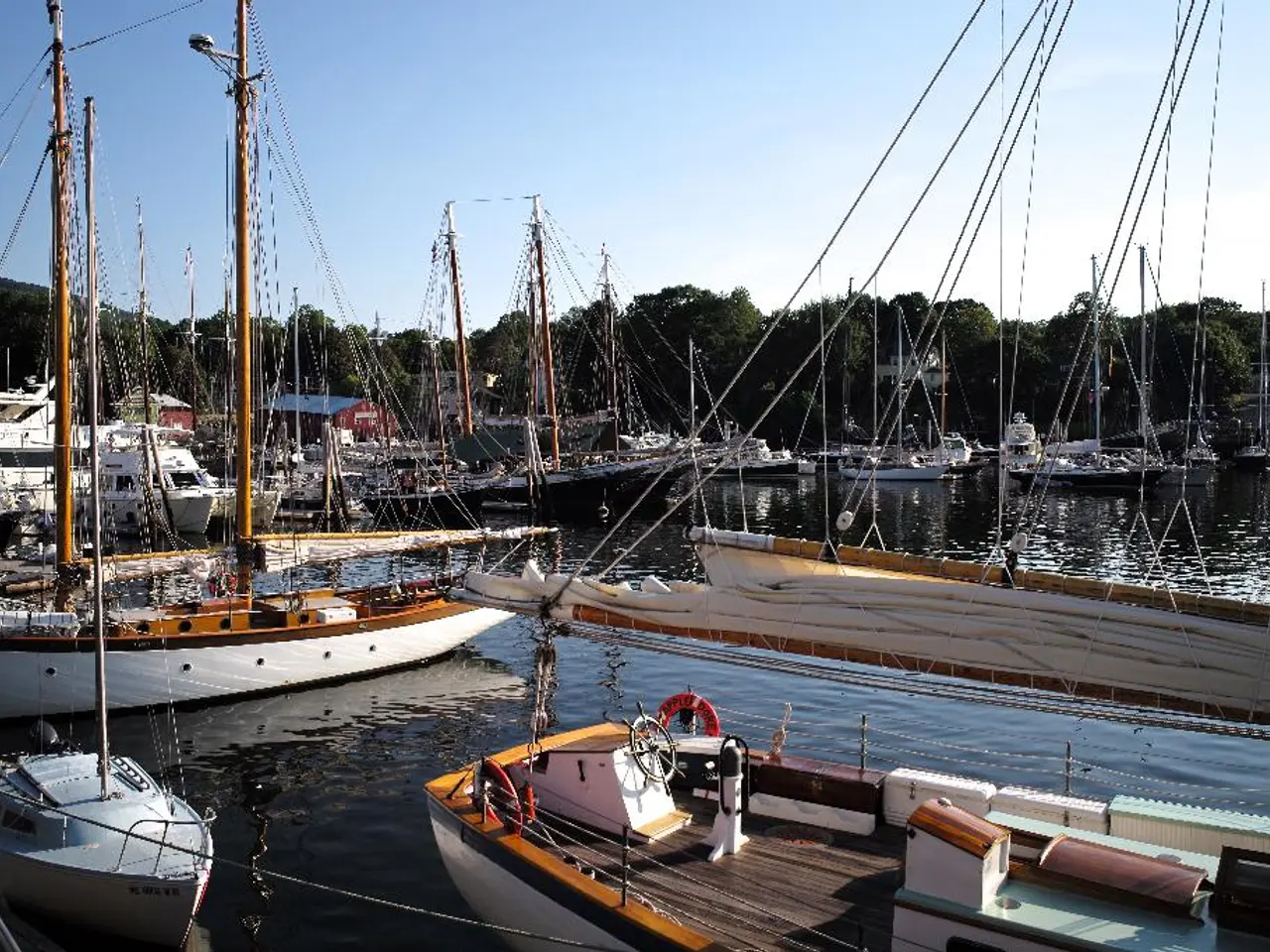Community Initiatives Fueling the Transformation of Abandoned Sites
Transforming abandoned and under-utilized properties into productive assets is a crucial step towards revitalizing communities. Here are the six key actions for communities to successfully reuse brownfield sites, as outlined in a comprehensive guide titled "Community Actions that Drive Brownfield Redevelopment."
- Inventory and Assess Sites
Start by identifying and evaluating potentially contaminated properties for redevelopment suitability. This includes environmental assessments and documentation of conditions.
- Develop a Clear Vision
The second step is to develop a clear vision for the reuse of the brownfield site, inspired by a shared, realistic plan. This vision can help create a unified community eager for new jobs, safe recreation spaces, or service amenities at the brownfield sites.
- Create a Brownfield Plan or Strategy
Develop an official plan (such as a Brownfield Plan in Michigan) leveraging tools like Tax Increment Financing to fund assessment and cleanup activities. The plan details eligible activities, financing, and expected outcomes.
- Secure Funding and Incentives
Pursue grants, loans, and tax incentives at the local, state, and federal levels to support cleanup and redevelopment costs. Local officials can seek grant and technical assistance resources from the EPA to support site reuse planning activities.
- Remove Redevelopment Barriers
The fifth step is to remove redevelopment barriers, addressing contamination, zoning, and permitting early. Expedite zoning changes and permitting approvals to speed up the redevelopment process.
- Promote and Monitor Redevelopment
Encourage appropriate reuse through zoning and marketing, track progress, and measure community benefits like job creation, housing units, and tax base growth. Connect with developers and end-users, promoting the site and celebrating progress.
These actions create a comprehensive approach to transforming brownfields into productive assets, as reflected in Michigan’s Brownfield Plans and redevelopment grant programs that support environmental assessments, remediation, infrastructure improvements, and housing or commercial development projects.
In addition, it's important to prioritize resilient design, incorporating sustainability and long-term value. Rebuild using materials appropriate for potential extreme weather events, manage stormwater safely on-site using green infrastructure or nature-based solutions, and integrate energy- and water-efficient innovations to reduce long-term costs.
Assembling multiple properties to create opportunities for larger redevelopment and providing regular status and progress updates to interested parties can also contribute to the success of brownfield revitalization projects.
By following these six key actions, communities can breathe new life into long-blighted or underused properties, protecting communities from environmental contamination, improving access to greenspace, and increasing the community's capacity to respond to extreme weather or other disruptive events.
[1] Michigan EGLE. (n.d.). Brownfield Redevelopment Grants. Retrieved from https://www.michigan.gov/egle/0,9069,7-333-71733_72229_72258---,00.html
[2] Michigan EGLE. (n.d.). Brownfield Plans. Retrieved from https://www.michigan.gov/egle/0,9069,7-333-71733_72229_72259---,00.html
[3] U.S. Environmental Protection Agency. (n.d.). Brownfields. Retrieved from https://www.epa.gov/brownfields
[4] U.S. Environmental Protection Agency. (n.d.). Brownfields Technical Assistance. Retrieved from https://www.epa.gov/brownfields/brownfields-technical-assistance
- To ensure long-term sustainability, consider incorporating environmental-science principles in the cleanup and redevelopment of brownfield sites, focusing on water conservation, land management, and the use of eco-friendly materials.
- After securing funding and incentives, it's essential to invest in environmental-science and science-based strategies for water treatment and contaminated soil remediation to protect the health of the community and the environment.
- Before promoting and marketing redeveloped brownfield sites, conduct assessments to determine their potential for incorporating renewable energy sources, rainwater collection systems, and green infrastructure for water management, thus enhancing the property's value and appeal.
- In addition to following the six key actions for brownfield redevelopment, communities can further support sustainability by implementing financial instruments such as green bonds or real-estate investment trusts dedicated to financing eco-friendly projects, since investing in a greener future will contribute to overall community growth and resilience.




